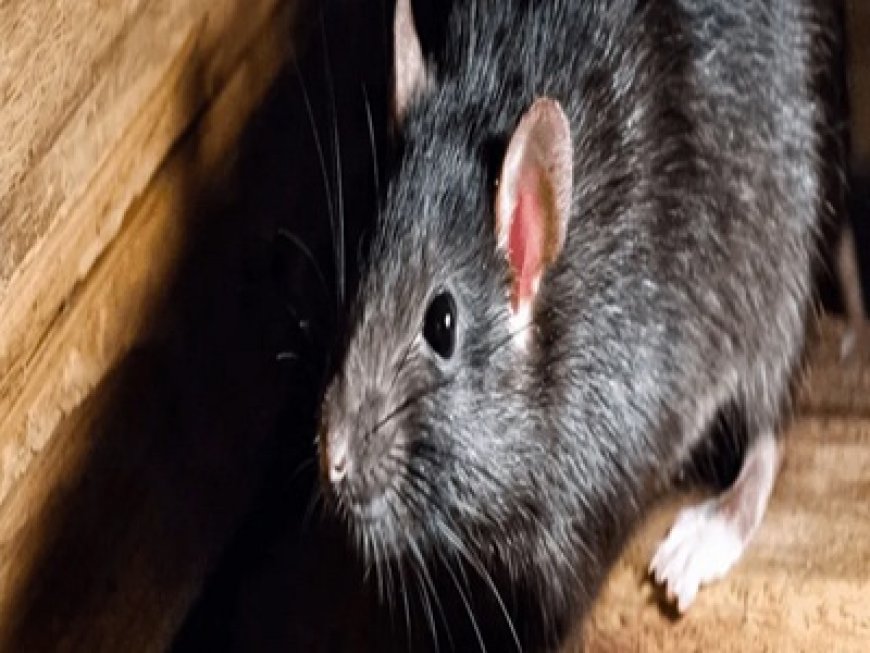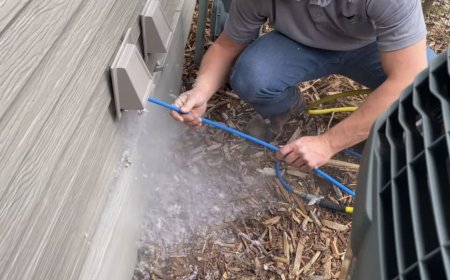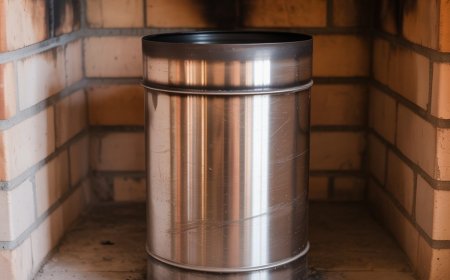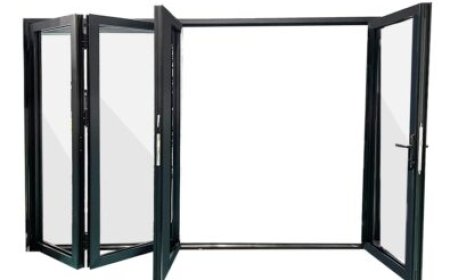Common Entry Points Rats Use to Invade Your Home

Rats dont need an open door to get inside your homethey can squeeze through holes as small as 1.5 cm wide. In fact, many infestations start without homeowners ever knowing how the rodents got in. To protect your property and prevent repeat invasions, its crucial to understand where and how rats are sneaking in.
In this blog, we explore the most common entry points rats use to access homes in Perth and what you can do to block them.
1. Roof Gaps and Eaves
The roof is one of the top access points for rats, especially when overhanging branches or vines allow them to climb. Gaps between roof tiles, loose eaves, or unsealed gable vents provide direct access into your roof void.
Prevention tip: Trim trees near your roofline and use rodent-proof mesh to seal vents and gaps.
2. Wall Vents and Air Bricks
Wall vents are designed to provide airflowbut they can also become rodent highways if not protected. Rats use these openings to move between wall cavities and enter interior spaces.
Prevention tip: Install vent covers made from fine mesh or perforated metal that still allow air but block rodents.
3. Plumbing and Drainage Holes
Pipes that enter your home, such as those for air conditioners, washing machines, or gas lines, often leave small openings where they penetrate walls. Rats can squeeze through or widen these gaps to get inside.
Prevention tip: Seal around all external pipes with steel wool and silicone, which rodents cant chew through.
4. Garage Doors and Gaps Under Exterior Doors
If your garage isnt sealed properly, rats can enter with easeespecially if the weather stripping on your roller door or back entry is worn out. Once in the garage, they often find ways into the walls or roof void.
Prevention tip: Replace old door seals and install brush strips or door sweeps to close off these popular access points.
5. Openings Around Utility Meters and Air Con Units
Outdoor equipment like air conditioning units and electrical meters often leave hidden entryways. Rats are agile climbers and can get in through cracks behind these installations.
Prevention tip: Conduct regular inspections of all exterior walls and seal or cover any suspicious gaps.
Dont Just Block RatsGet Rid of Them
Even with sealed entry points, you may still have rats nesting inside your home. Thats why its important to pair exclusion efforts with professional pest management. If you suspect rats are already present, nows the time to act.
A trained rodent control Perth expert can locate entryways, assess infestation levels, and implement both removal and prevention solutions tailored to your property.
Call the Experts at Rats Pest Control Perth
At Rats Pest Control Perth, we specialise in identifying how rats get inand how to stop them for good. Our comprehensive service includes a full inspection of your home, rodent-proofing recommendations, and effective control methods that deliver results.




































